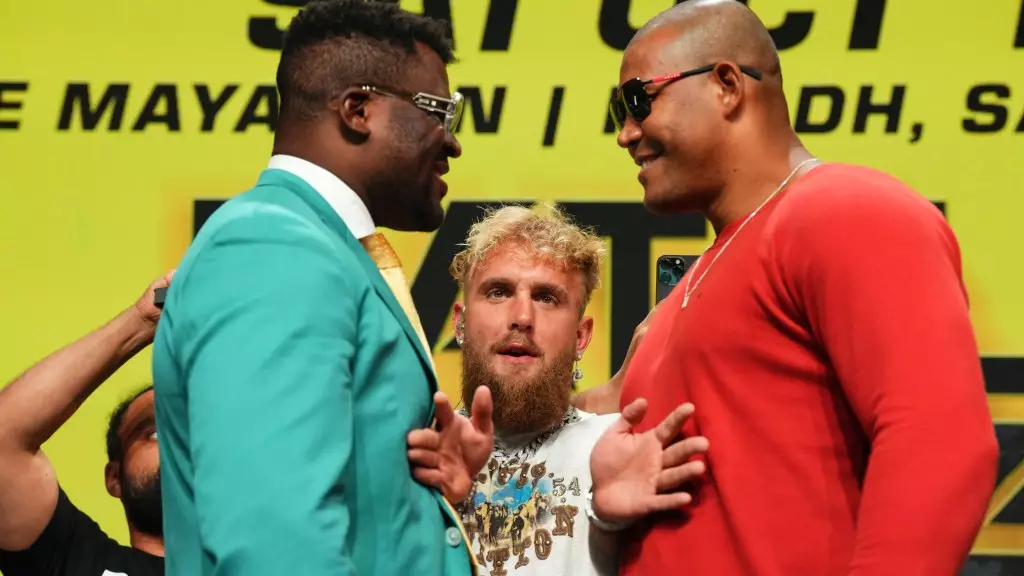Donn Davis, a co-owner of the Professional Fighters League (PFL), has recently stirred conversations in the mixed martial arts (MMA) community by making audacious statements regarding the upcoming “Battle of the Giants” pay-per-view event. Slated for October 19 in Riyadh, Saudi Arabia, the event is poised to be headlined by a heavyweight championship bout featuring Renan Ferreira defending his title against the formidable Francis Ngannou, a former UFC champion. Davis asserts that this event will surpass the financial scale of UFC 306, which took place in Las Vegas. His claim not only raises eyebrows but also reflects an aggressive marketing strategy aimed at positioning PFL as a serious competitor to the UFC.
Comparative Analysis of Financial Aspects
Davis has emphasized that the cost of producing the PFL event will exceed that of UFC 306, famously hosted at the Sphere. His emphasis on the high stakes involved suggests that the PFL is not merely focusing on flight roster but also on event production quality, fighter compensation, and overall fan experience. Davis’s assertion that the fighters involved in the PFL card will receive even greater financial remuneration than those participating in UFC’s recent offerings implies an ongoing struggle within MMA promotions to attract and retain top talent. In his words, “The cost of this fight is astronomical,” presents a bold claim that begs for further scrutiny regarding the sustainability of such financial commitments.
In the competitive landscape of MMA, Davis’s remarks about the significance of the upcoming PFL card signal an effort to differentiate the organization from the UFC, which is widely recognized as the leader in the sport. He outlined two primary metrics for their success: providing high-quality MMA fights and achieving financial viability. By prioritizing quality, the PFL aims to entice fans who may feel stagnant with existing offerings from larger promotions. This strategic choice might ultimately redefine audience expectations and set a new standard for MMA events, particularly for those who could be disenchanted by the UFC’s established but sometimes formulaic matchups.
The fight card for “Battle of the Giants” showcases intriguing matchups, promising not just heavyweight clashes but also spotlighting female fighters, including a title bout between Larissa Pacheco and Cris Cyborg. Such a lineup shows the PFL’s commitment to gender parity in a domain where female fights often serve as supplementary rather than headline material. Additionally, the inclusion of fighters like Bellator middleweight champion Johnny Eblen and A.J. McKee positions the event as a potential watershed moment for the PFL to capture a broader array of fans.
Conclusion: A Perilous Yet Exciting Venture
While the path Davis is advocating leads down the road of lofty ambition, it is not without risk. The PFL’s audacious claims pose the question of whether they can sustain financial viability while also championing fight quality. If successful, this could mark a significant turning point in the overarching landscape of MMA, prompting not only greater competition among promotions but potentially a richer experience for fans across the globe. However, only time will tell if the promotional blitz can create a lasting impact or if it will fade into the backdrop of a highly competitive sport.

